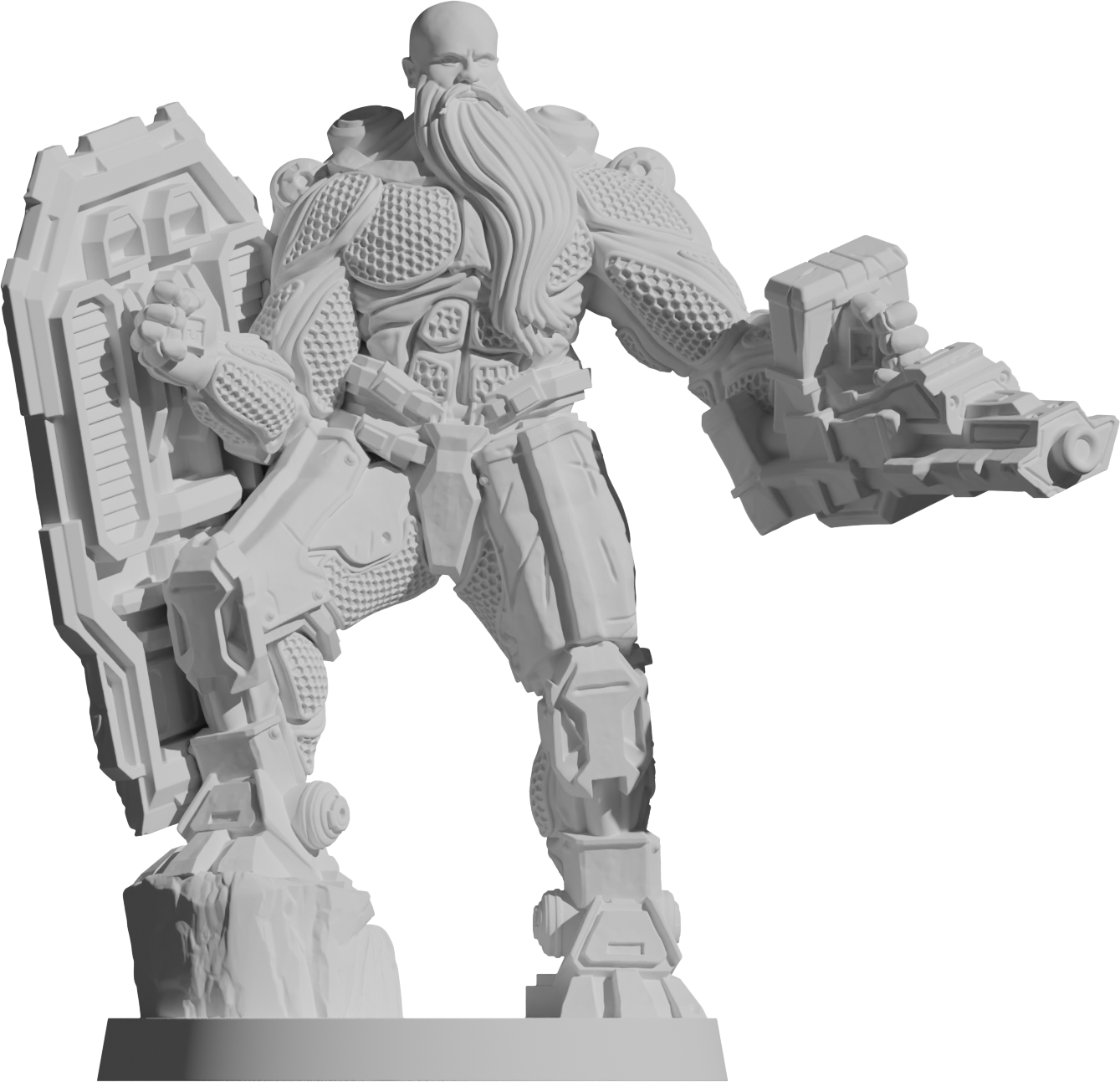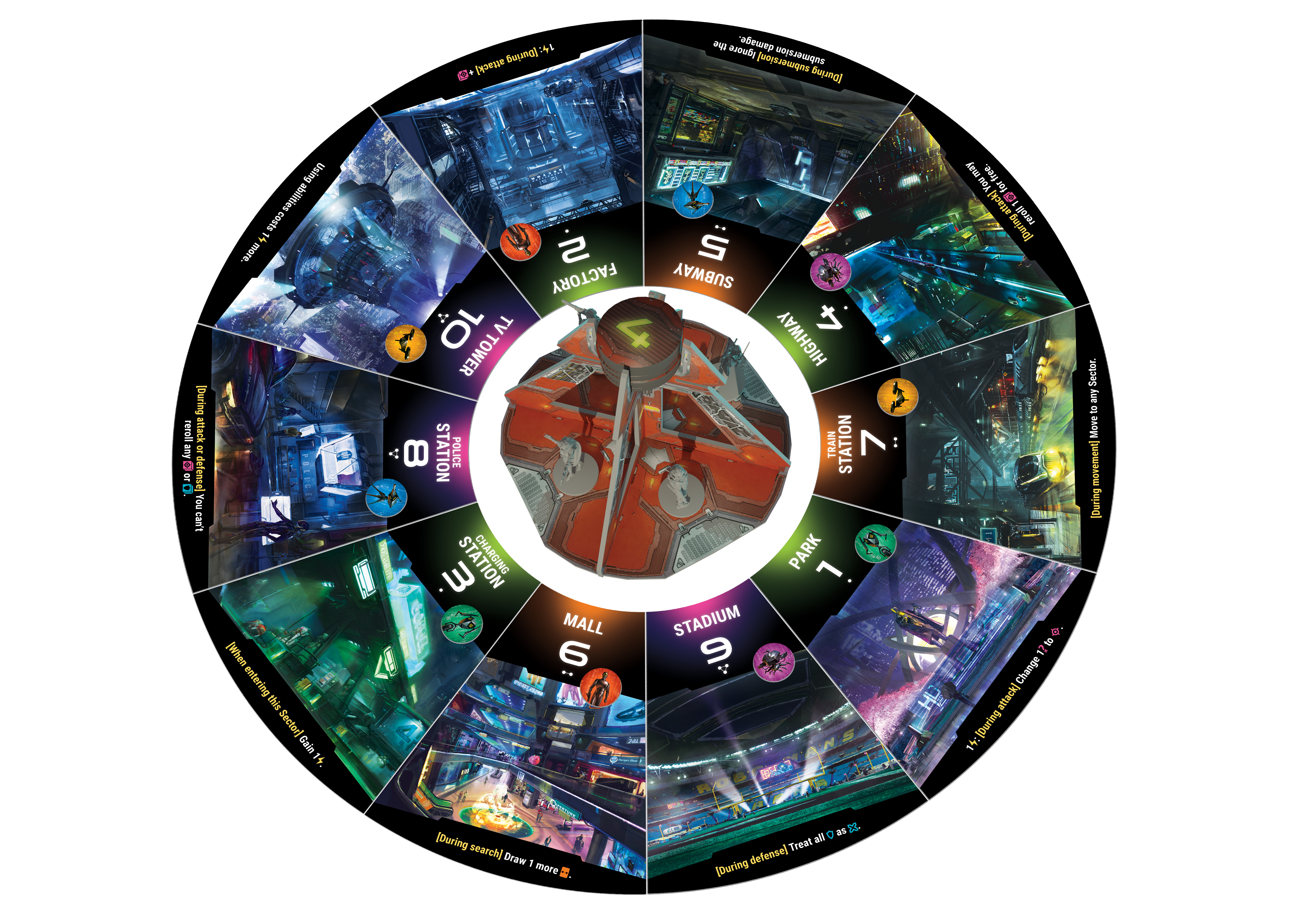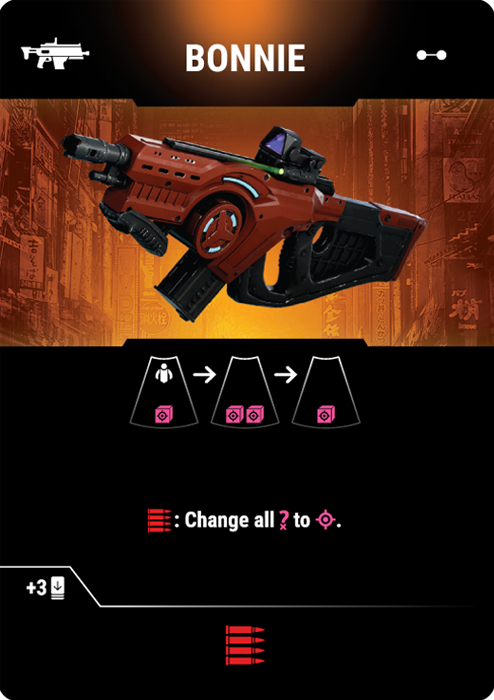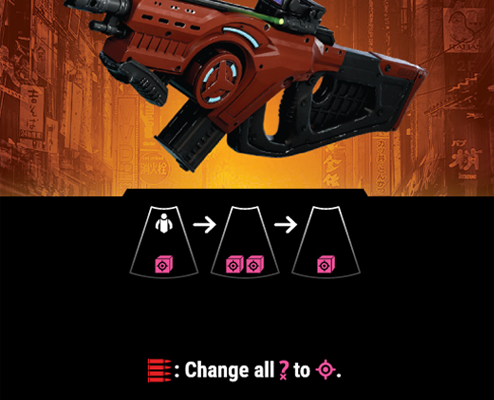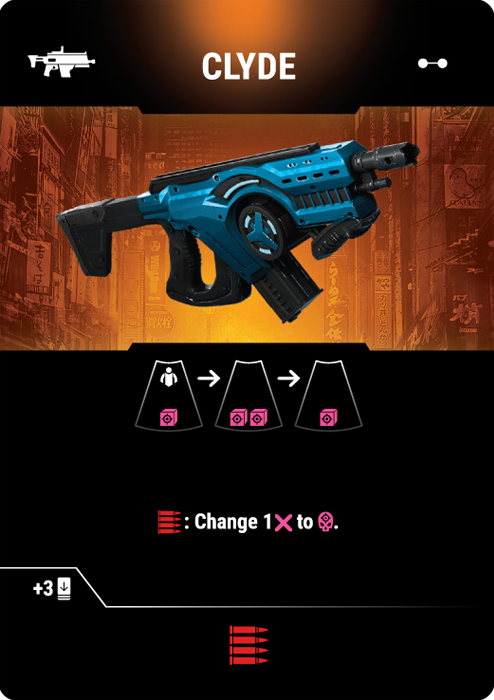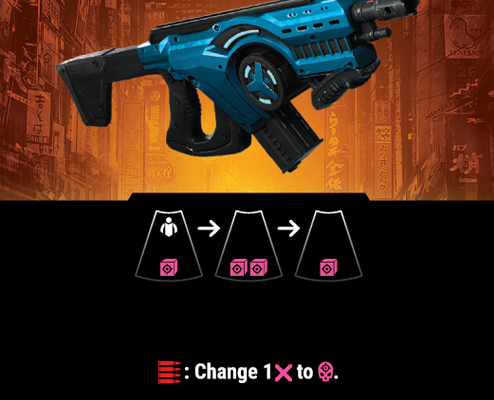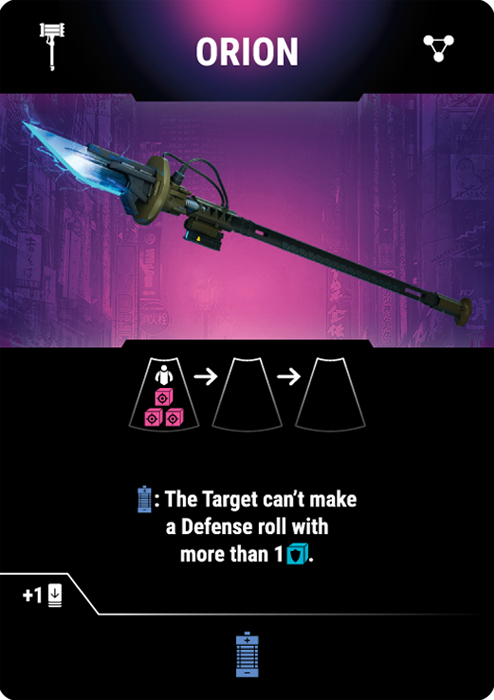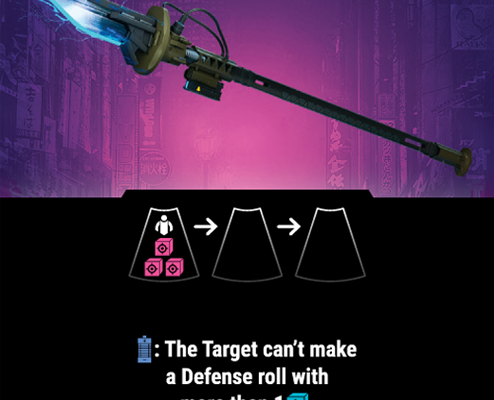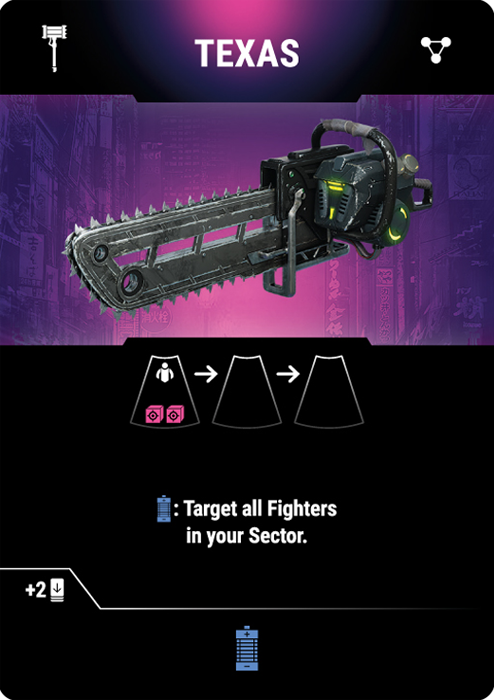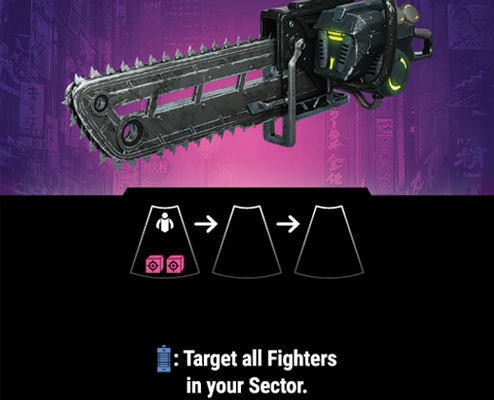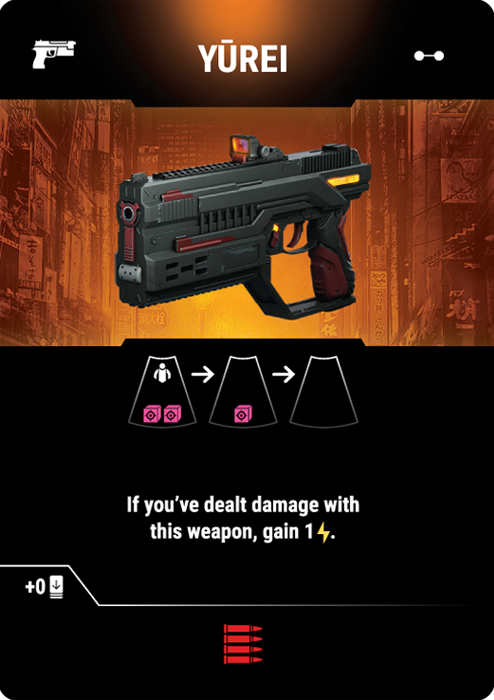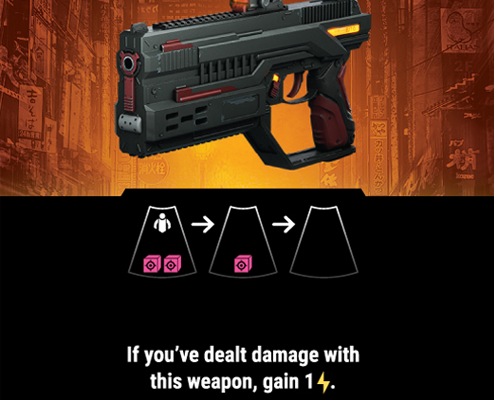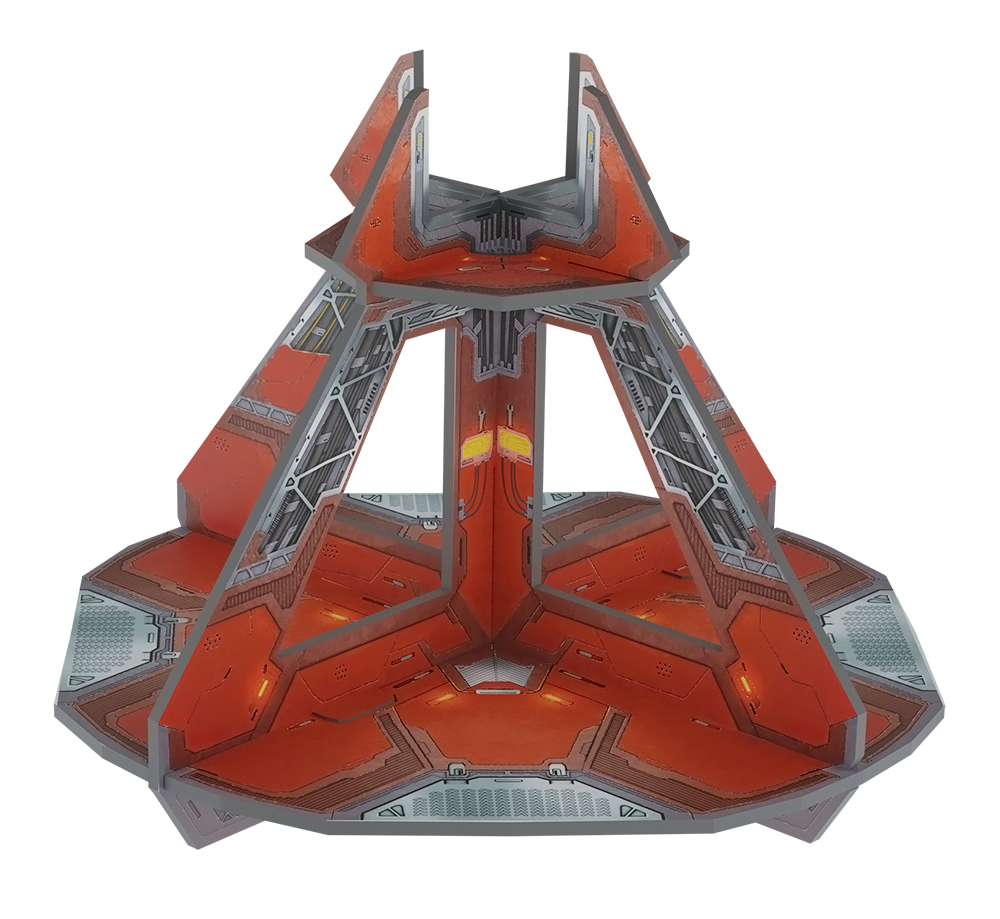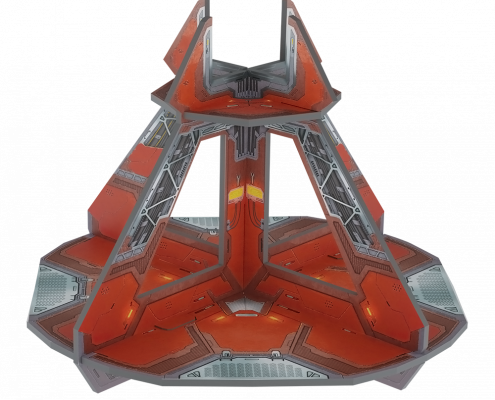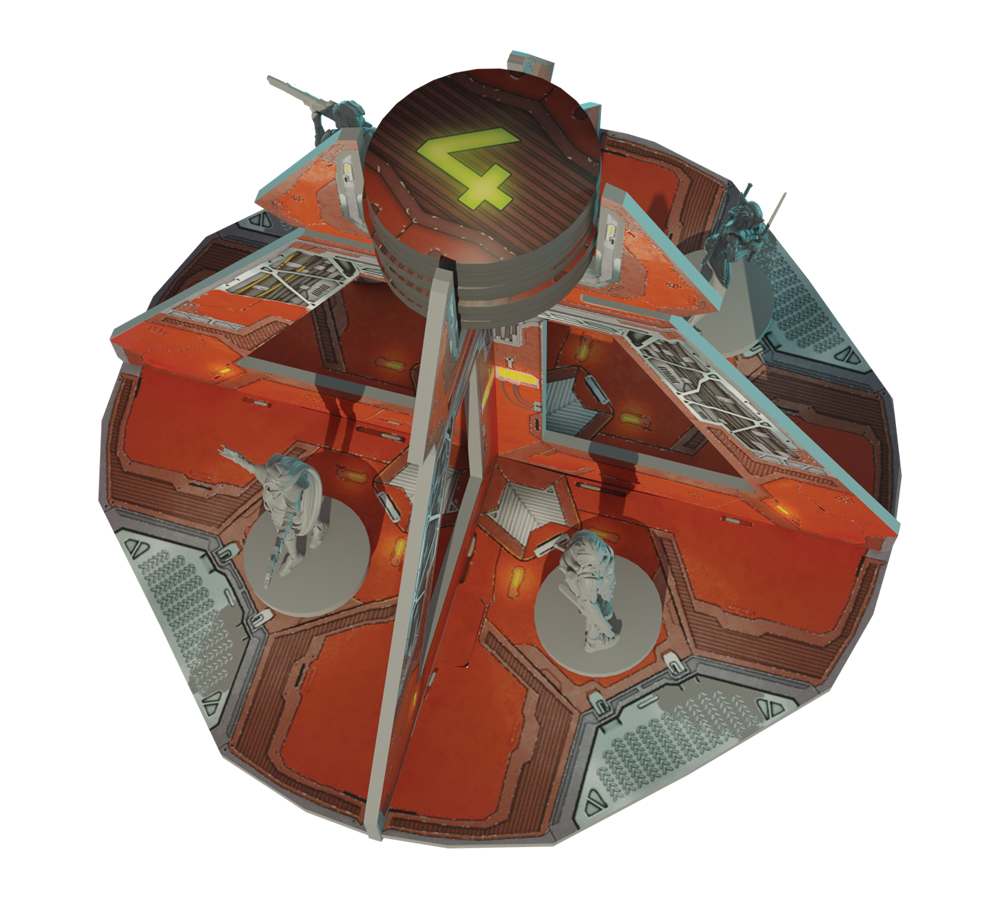NEON
Behind the Scenes of Game Development
Our game developers had been receiving a lot of board game battle royale versions from different authors over the years. None of them, however, were approved to be signed. The problem, according to our development team, is that people try to copy the mechanisms and/or stories literally. Usually, it was an enormous game board with 50 miniatures, which looked quite ridiculous and just didn’t work as a boardgame.
The game presented by Igor Sklyuev and Ekaterina Gorn, on the other hand, immediately grasped attention, because the mechanisms and features weren’t just copied, but were thoughtfully recreated. Let’s take the game board as an example: the essence of a shrinking area is achieved, though visually or mechanically it is not what we are used to seeing in games. The point was in conveying the general atmosphere, which these authors managed to do perfectly.
At the time when the game was at early development stages, the whole team shared their views on how it had to look like. It was decided to combine the two popular genres: battle royale and cyberpunk. There were some options on what the fighters should become – biological avatars, battlemechs or cyborgs. But the general setting of the game was clear for everyone.
Some gameplay mechanics though demanded to be adjusted.
During the tests, for instance, it was noticed that people divided into two groups: those who enjoyed risking and fighting, which was connected with the elimination part, and those, who preferred a more slow and patient kind of game and didn’t like the fact that they can be immediately killed.
Usually during board games creation, it is preferrable to pick one game mode and refine it instead of tearing the game into several modes. In case of Neon, however, different modes fit in just fine.
Here’s what Ekaterina Reyes, head developer of the game, said about it:
“Battle royale can be very different and each one of us had their favourite battle royale game. So in the end we decided to reflect all of them in different modes, which even added the feature of shooter computer games when you can choose a mode at the start of the game”.
The Resurrection mode was inspired by Apex, and was a great solution for that group of players who preferred a milder mode of the game. Like in the famous computer game, in Neon you can fight either alone or in teams of 2 or 3 players. While in Battle Royale it is sometimes safer to just hide and wait while the others will shoot each other, in the Resurrection mode you can fight more freely, being not so afraid to die – you can come back to the field after it!
Besides, a lot of tests were conducted to see whether it is possible to die in just 1 round or, vice versa, can you really last until the end of the game? Isn’t there too much HPs (hit/health points)? Or not enough? After all, no one wants to die after only one turn.
There were a lot things to test: how balanced the unique abilities of each character are; the effects on equipment cards and how the equipment is arranged in different decks; and many more.
One of the fun parts was to name the equipment cards, as the developers included various allusions to the pop-culture in them. Here are some examples:
Bonnie and Clyde
Almost identical weapons that can be found within one deck allude us to the notorious criminal couple.
Orion
This reference is for board gamers – do you remember the game Master of Orion? It was designed by the same authors as Neon!
Texas
A chainsaw called Texas can refer to nothing except for the famous horror franchise The Texas Chain Saw Massacre.
Yūrei
Yūrei is a restless spirit from Japanese folklore, that seeks revenge for their violent death or some unfinished businesses. Some of them are also sort of vampires that consume people’s energy.
So… Why not name a huge weapon that gives you energy every time you hurt someone in honour of an evil spirit?
These are just a few meaningful names in the game.
Check the whole game out to find out more!
One of the final components that was added to the game was the Drop Ship.
Initially, there was an empty space in the centre of the gameboard, where the character miniatures were placed at the start of the game. Then eventually cards, dice or tiles were placed there. But it was obvious that something was missing both visually and practically.
The Drop Ship became a starting platform for the players, which fits with the lore; but it also helped to place the Scoreboard tokens in the centre of attention. During the tests they were usually left out, players failed to keep in mind which sectors were to submerge, though that is not an entirely random process. Now the tokens are at the very heart of the game and that helps a lot.
Finally, here’s a bonus fact for you:
The game has an Achievement sheet and one of the achievements is “Play the game”. This is yet another typical computer games feature that found its place in Neon.
So these were some of the behind the scenes of Neon development.
In our Game Creation series we tell you more about the games and how they came to exist in their final versions. If you found these articles interesting, you can read about our recent release Mezen here and here.
See you in our next Game Creation series!


